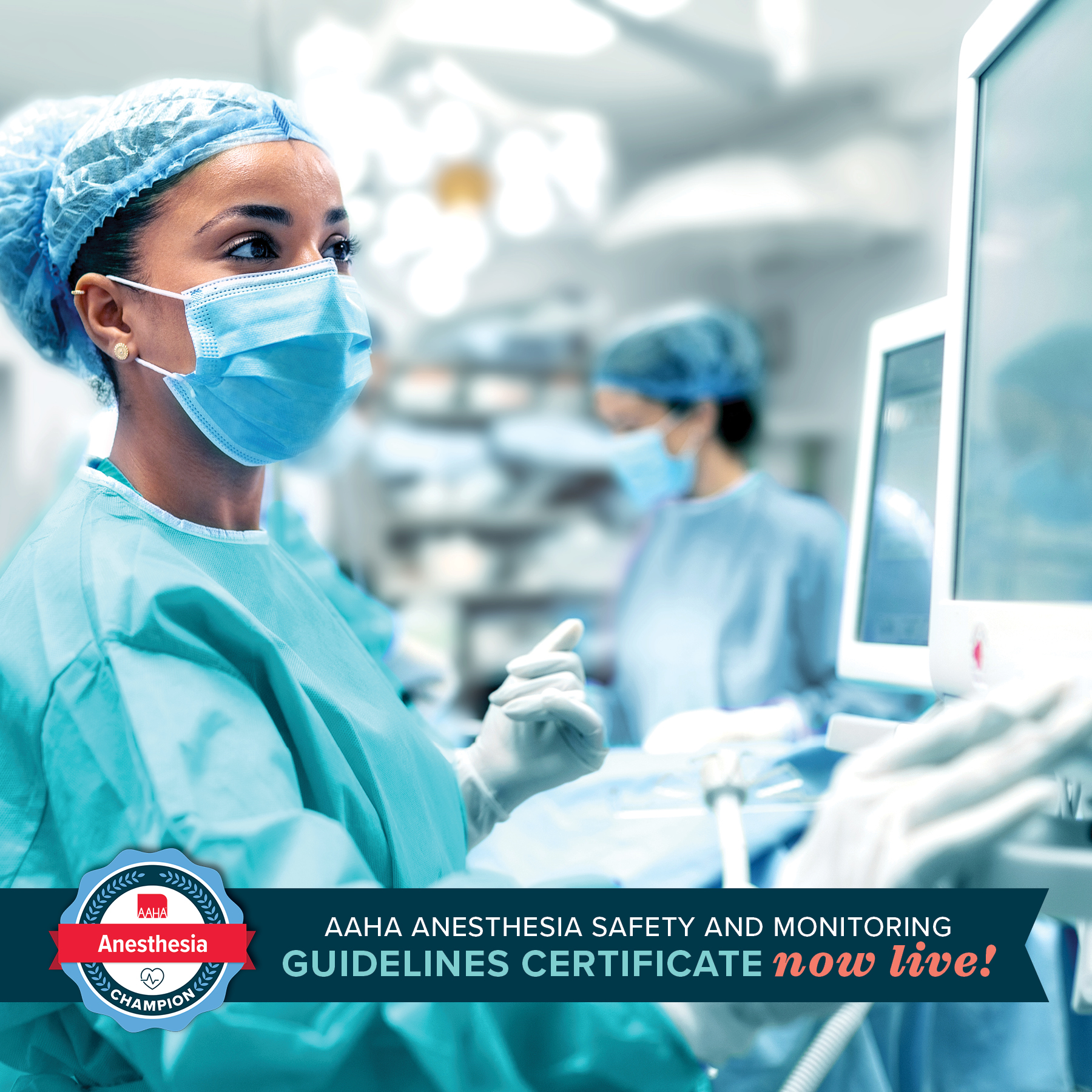Why guidelines matter
Veterinary practice guidelines, like the AAHA/IAAHPC End-of-Life Care Guidelines, help ensure that pets get the best possible care. AAHA has teamed up with the International Association for Animal Hospice and Palliative Care (IAAHPC) to provide your entire hospital team a depth of information you’ll find nowhere else.
Completed in 2016, these are groundbreaking guidelines—no organization has tackled this sensitive topic, although many intuitively know that the events surrounding a pet’s final life stage are as important as the sum of all the care provided by a practice team up to that point.
AAHA guidelines review the latest information to help staff address central issues and perform essential tasks to improve the quality of life of a pet who has entered the final life stage. In addition, guidelines define the role of each staff member, so everyone on the healthcare team can work together to offer the best-quality medical care.
Guidelines are just that—a guide—established by experts in a particular area of veterinary medicine. Guidelines do not outweigh the veterinarian’s clinical judgment; instead, they help veterinarians develop treatment plans that meet each patient’s needs and circumstances.
Aligning your practice protocols with guideline recommendations is a key step in ensuring that your practice continues to deliver the best-quality care.
To support your dedicated efforts, AAHA is pleased to offer this toolkit. To augment your client communication skills, you’ll find educational client handouts, a Hospice Intake Questionnaire, a worksheet for implementing a pet’s end-of-life care treatment plan, a body care form, and other tools you can use every day to implement the recommendations of these guidelines.
Thank you for advancing our shared mission to deliver the best in companion animal medical care. Together, we can make a difference!
Michael T. Cavanaugh, DVM, DABVP (C/F)
AAHA Chief Executive Director



